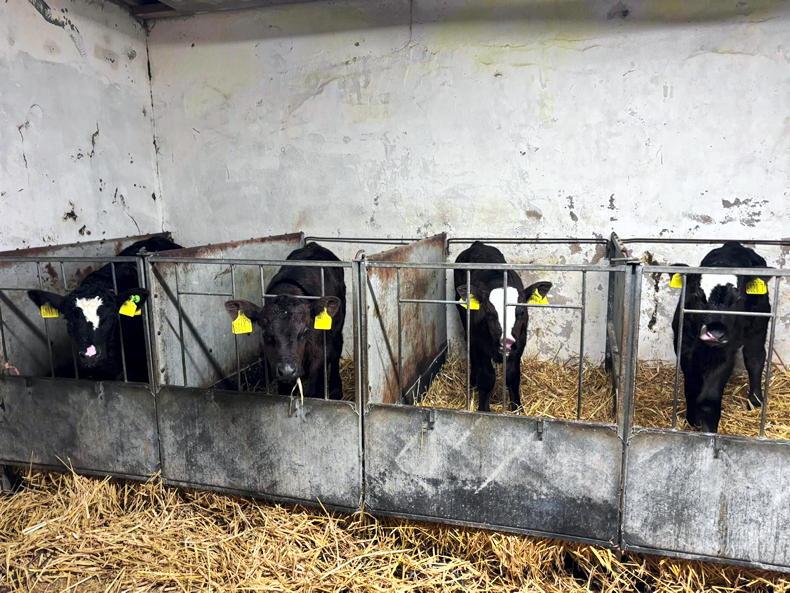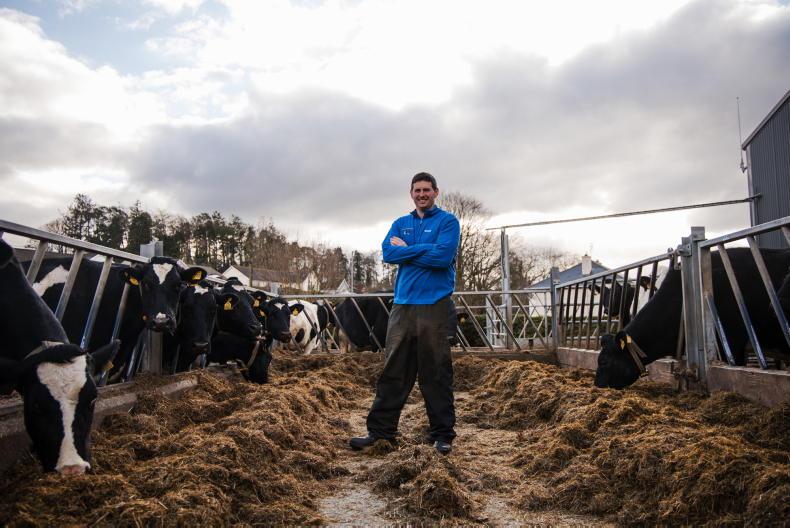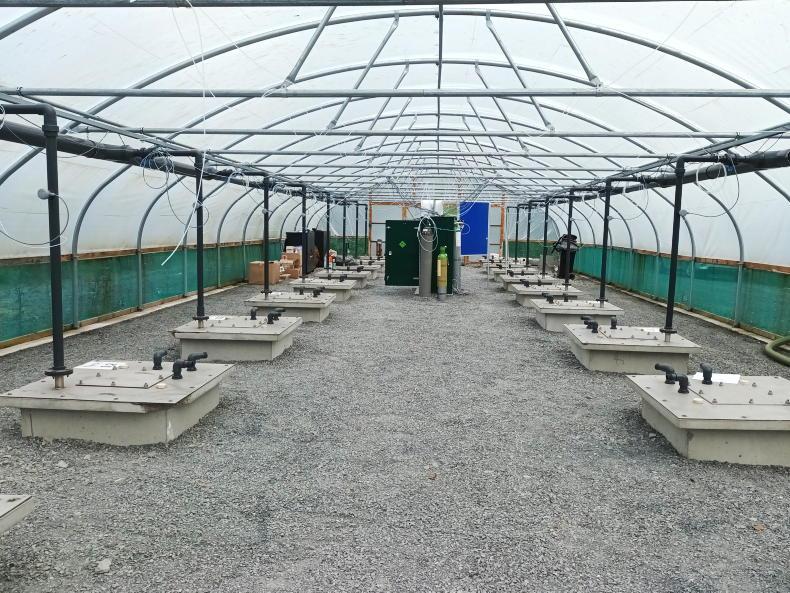The National Ploughing Championships brought with it some fantastic sunshine and heat and while many farmers attended one of the three days, there was also a cohort at home getting the last of the slurry out from tanks.
While growth is still behind normal by 10kg to 15kg DM/ha for the time of the year, being away from the farm for the three days surprised me with how green paddocks had gotten.
Fertiliser applied in late August and early September seems to be ticking along nicely, though grass supplies are tight in general right across the country, be it due to a lack of rain in the south and east or wet weather in August halting fertiliser application and causing poaching in the western and northern areas.
Whatever the case, ground in all parts of the country is trafficable for the most part and emptying slurry tanks needs to be a priority this week, with the closing date fast approaching.
Deadline
After midnight on Monday 30 September, all applications of slurry (classified as having a dry matter of 1% or greater) is banned. When these tanks are emptied, it is important to divert any clean water away from them to prevent them filling up rapidly.
Slurry should be targeted on low-fertility soils or paddocks which have had large offtakes of silage without P and K being returned back in through compound fertiliser.
Grazing targets
Average farm cover is sitting at 800kg DM /ha according to Pasturebase data, but this is extremely variable across the country, with some farms as low as 500kg or 600kg DM/ha, half the target cover for the time of the year.
Feeding silage to buffer grass supplies isn’t a fantastic option for a lot of farmers, as these have already been depleted throughout the summer months.
Offloading of stock, be it store cattle or cull cows, is likely a good option for many given the trade.










SHARING OPTIONS